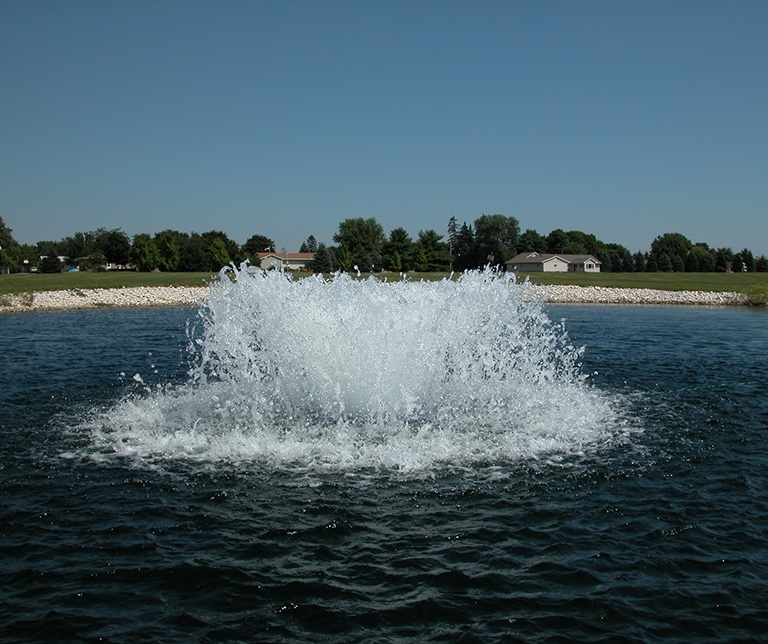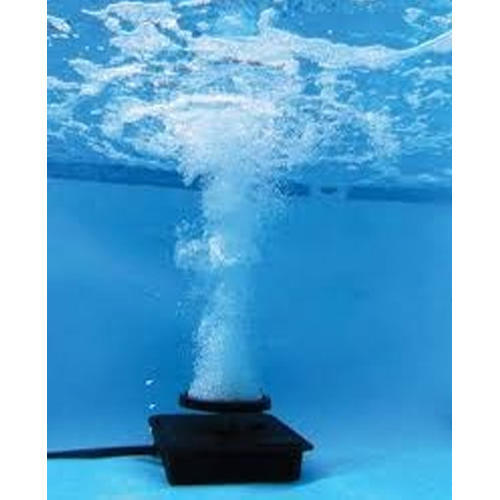The New Lake Restoration Began In May Of 2014 And Is Expected To Continue Until The Year Of 2017.
Waterbodies can become more polluted in the fall and summer. The aquatic ecosystem is affected by these impurities. Eutrophication is caused by an increase in nitrogen levels. Low oxygen levels can cause fish death and make it a breeding ground for malaria-hosting moths. Beneficial bacteria can't also be degraded by organic sediments. These changes can have a negative impact on water quality and ecosystem function.


